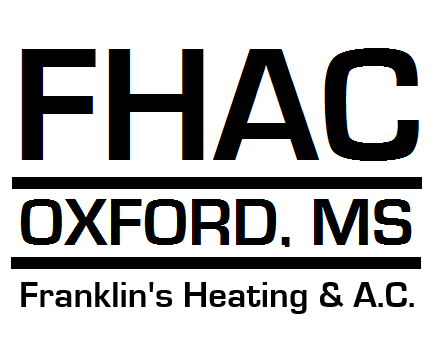
Between a much-needed vacation or an extended trip for work, leaving home means making preparations for your HVAC system. You can't use it if you’re not home, so you can adjust it as needed to conserve your energy use. Just the same, you shouldn't just turn it off for the entire time you're out of the house.
Instead, it’s best to leave your HVAC system running and just make adjustments depending on whether it's winter or summer. That way you can minimize energy costs without worrying about getting back to an uncomfortable home. We’ll walk you through why you should leave your HVAC system on as well as the most energy-efficient thermostat settings for summer and winter.
This Is Why You Don't Leave Your Thermostat on Hold
While you might be inclined to shut your HVAC system down before a trip, this will sometimes end up stirring up costly problems by the time you get back. This is especially true if the weather will be severely hot or cold while you’re away from home.
For example, shutting the HVAC system off in the summer could cause very high humidity. Not only will your home feel like a swamp when you return, but it could have also invited mold/mildew growth or pest infestations.
And during the winter, not using the furnace will sometimes lead to pipes icing over or even bursting. It’s exhausting to get home from a long trip only to come across extensive water damage nearby a broken pipe.
Ideal Thermostat Settings While at Work
You can make temperature adjustments even as you come and go to work. Considering you’re not home for around 8 hours or so, it doesn’t seem sensible to keep an empty home the same temperature as when you're home. As a general rule, it’s encouraged to turn up the thermostat by 5 degrees or more. This means that if you prefer a comfortable 72 degrees, try adjusting it to 76-77 while you’re gone.
But you may save even more if you try further adjustments to the temperature. According to the Department of Energy, you could save about 10% on your HVAC expenses by raising the temperature by about 7-10 degrees.
Energy-Efficient Thermostat Settings While Away from Home in Summer
If you’re leaving for an extended trip in the hottest part of summer, you can make more significant adjustments. This prevents wasting energy while still safeguarding your home from the issues that come with leaving it uncooled. Around 5 degrees is appropriate for brief trips while closer to 10 degrees is worthwhile if you’ll be gone for 2 weeks or longer. If you enjoy keeping the house at 72 in the summer, 78-82 can offer beneficial results.
Best Thermostat Settings While On a Trip in Winter
To try and find the most energy-efficient thermostat setting for a winter vacation, simply lower it by the same amount you would raise it in summer. 68 is a popular winter thermostat setting, so adjusting to 63-58 will keep your plumbing safe while minimizing how often your furnace operates.
Smart Thermostats Are Even Better: Benefits of Smart Thermostat Installation
An ideal strategy to optimize your home’s HVAC system while out of the house is using a smart thermostat. This special type of programmable thermostat uses intelligent software to understand your typical comfort habits. It learns these preferences and makes automatic adjustments to the schedule for maximum energy efficiency. And with Wi-Fi compatibility, you can remotely adjust your HVAC system using a smartphone or tablet.
Smart thermostats are stuffed with features to help you save energy and lower costs. For instance, certain models can track electricity prices to bolster heating or cooling when prices are more affordable. They can also work with high-efficiency, variable-speed equipment to fine-tune how long your HVAC system has to run. It’s the optimal tool to enhance how you use your comfort system. If you’re considering investing in a smart thermostat, there are multiple ways you can bring down your costs, essentially getting a smart thermostat for free. The next time you leave for vacation, you can enjoy true peace of mind that your HVAC system won’t stir up any trouble while you’re away.
